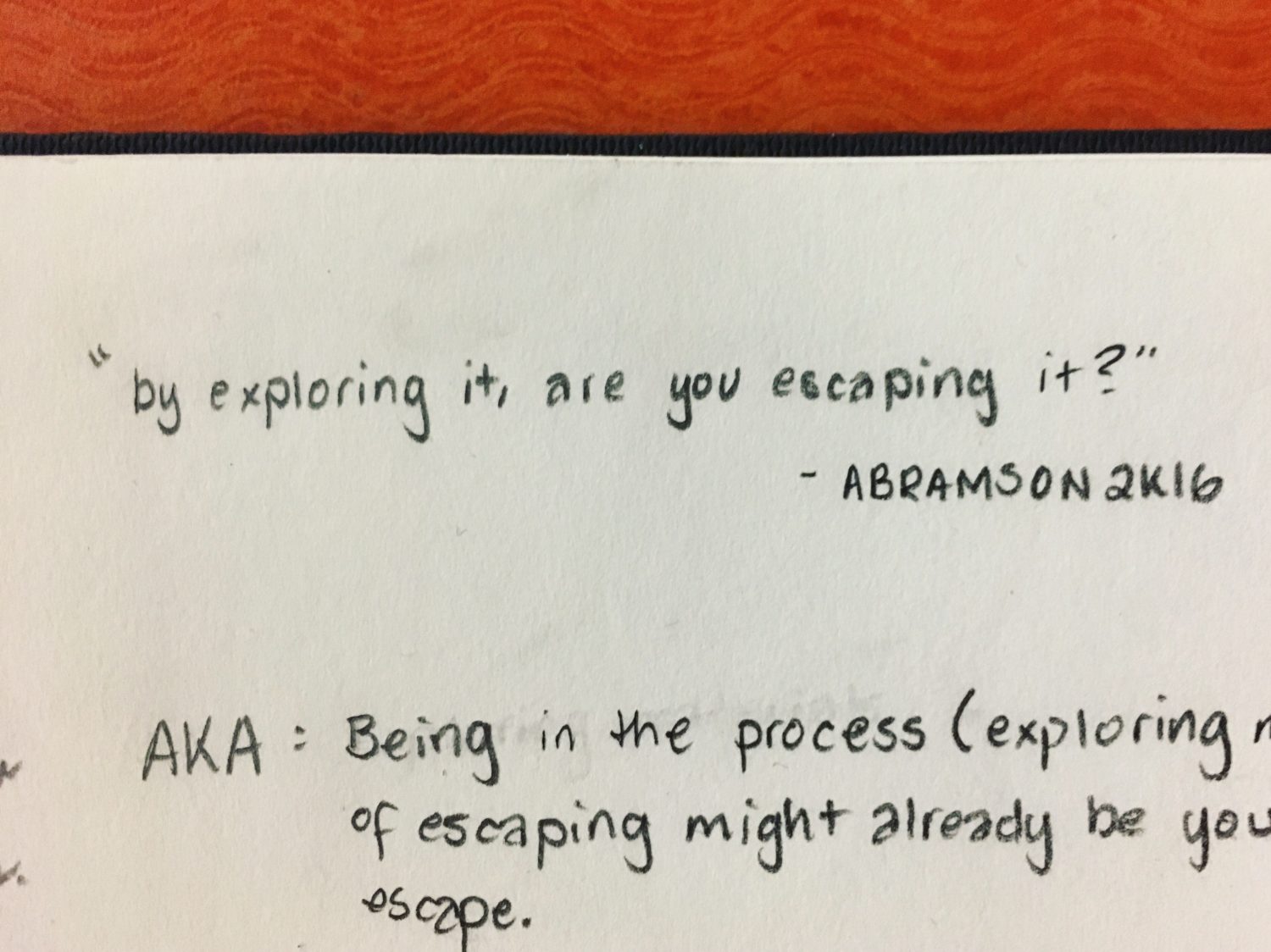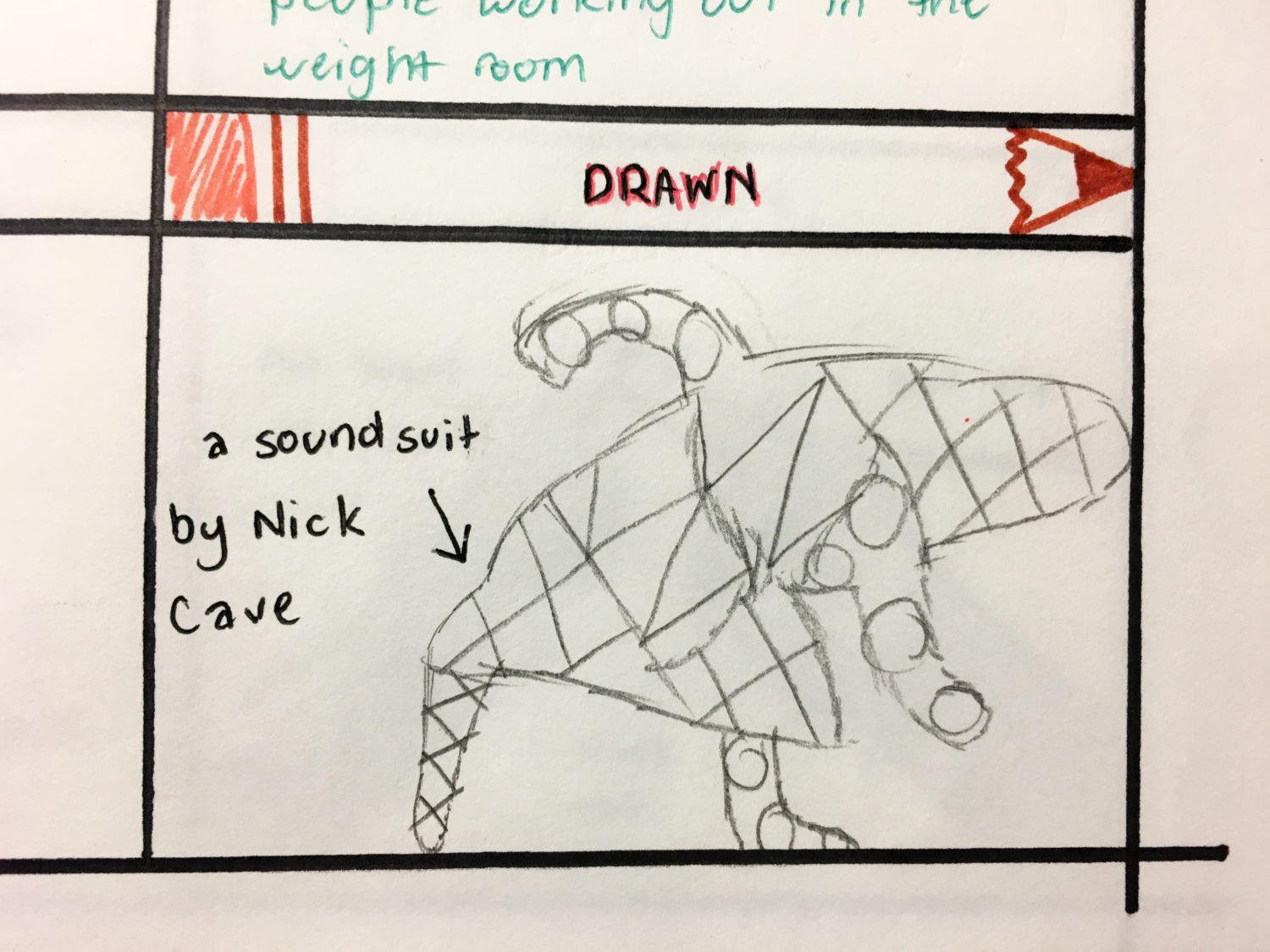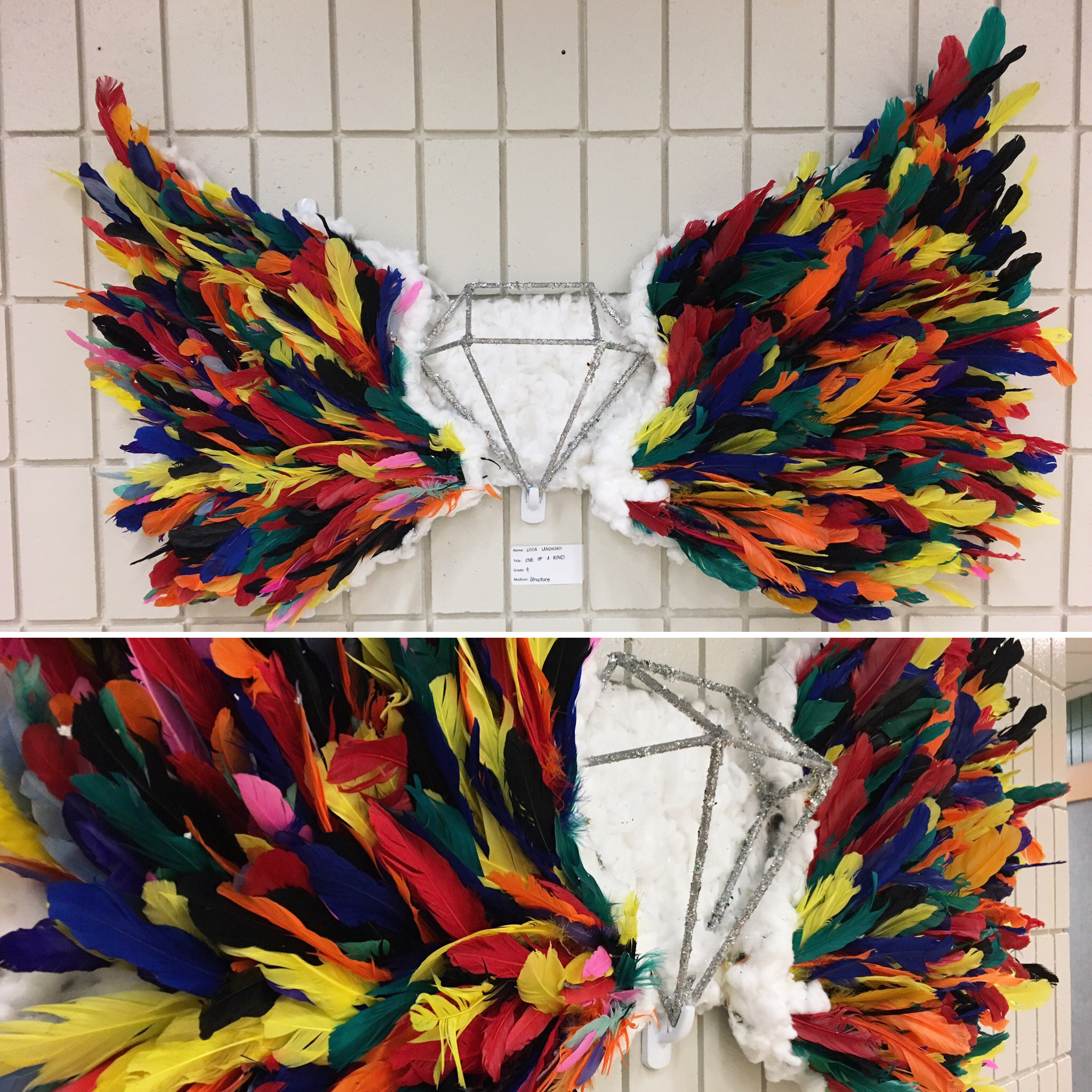Social media is a phenomenon that is part of the very fiber of being a teenager today. Snapchat, Instagram and Tumblr are all ways in which students connect, converse and explore constructs of their own identity. Art, much like social media, allows for this same kind of communication to occur without actually speaking to someone face-to-face. Conclusions can be drawn through the interpretation of gestures and images, and misunderstandings can happen when one is too quick to make up one’s mind about the meaning of what is being presented.
I had been thinking about how I could explore the depths of social media in my classroom before I came to the 2016 Art21 Educators Summer Institute last year. What are the implications for students making work in a high school art class? Which version of themselves are they revealing in their work: their online presence or their physical self?
After seeing the work of Cao Fei at MoMA PS1 during the 2016 Summer Institute, I wanted to bring her work into the classroom, to connect it with what I had been noticing about my student’s need for escape and connection through the internet. Fei explores so many spaces that I knew my students would relate to—the world of video game culture (RMB City: A Second Life City Planning, 2007), taking on a new physical persona in the world of Cosplay (Cosplayers, 2004) and the power and heartbreak of dreaming of what could be (Whose Utopia?, 2006). The intersection and layering of technology, and the amalgamation of truth and fiction are key in her work and in the lives of my students—most of whom are either immigrants themselves or children of immigrants. I saw that she could bring to light deeper explorations of what is considered every day or normal to them: why does one feel the need to create new worlds for themselves? What is missing in the world they are in now?
The alter-ego theme seemed to surface in conjunction with Fei’s work. I wanted to know and explore the why, where, and how behind the concept of escape for the artists in my class. I wanted them to question their experiences and critically examine the possibilities and problems with escape for students in high school. Using cues from the Art21 Educators Guide for Season 8, and connecting Fei’s work with that of Nick Cave, I had my class of ninth grade students look at the physical spaces of the school and think about how they could create positive experiences of escape.
I found that Cave rounded out this theme of escape for my students—how do we explore political and cultural constructs of escape? Not only did my students adore Cave’s work (because really, who doesn’t?), but they connected his Soundsuits to their experiences of feeling overwhelmed or helpless. We talked about mental health, how we deal with feeling helpless, and how to gain power through making work about it. These students had only been in a high school setting for a couple of months, and the impulse to run and hide for cover is strong. Social media was the number one place students would go when they needed to “get away.”
The work the students imagined and created addressed a host of ideas relating to their connection (and disconnection) to school: a prototype of a domed web of paper animals placed in a hidden area of the science wing, QR codes on the back of bathroom doors bringing users to a website that bombarded them with beauty, and plumes of rainbow feathers hanging in a busy hallway. These works started from a place of reflection, as students explored the various personas they take on and how those can be navigated within the context of a school. But collaboratively the works bloomed into community experiences and new understandings of art-making and possibility.







